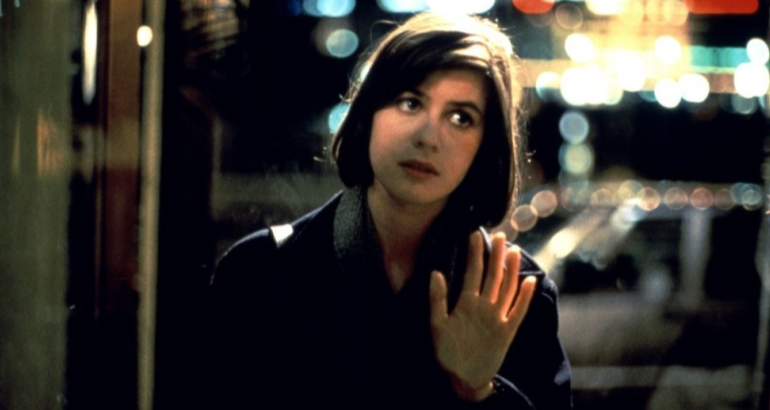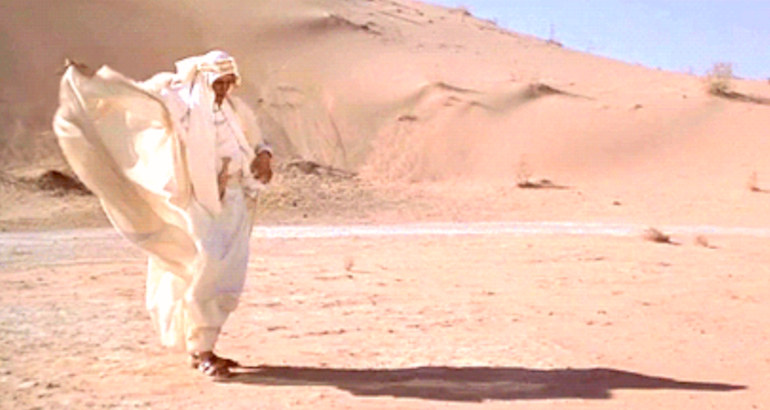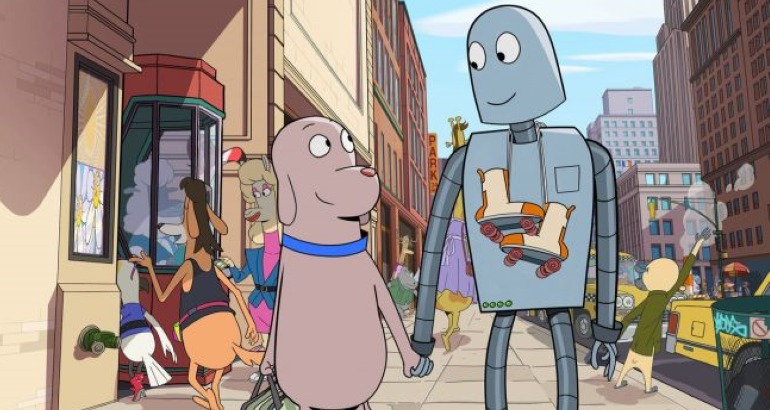Three Colors: Red - A Masterpiece of Human Connection and Fate

- Film





Overview
Krzysztof Kieślowski's Three Colors: Red (1994) is the crowning achievement of the acclaimed Three Colors trilogy, completing the thematic exploration of liberty (Blue), equality (White), and fraternity (Red) inspired by the French Revolution ideals. This poetic drama follows the unexpected relationship between Valentine (Irène Jacob), a young model in Geneva, and Joseph Kern (Jean-Louis Trintignant), a retired judge who eavesdrops on his neighbors' phone calls. With its intricate narrative structure, profound philosophical depth, and breathtaking cinematography, Red stands as one of European cinema's most perfect films and Kieślowski's final masterpiece before his untimely death.
Contents
The Story: Interwoven Destinies
The Direction: Kieślowski's Visual Poetry
The Performances: Quiet Intensity
The Story: Interwoven Destinies
The narrative unfolds through three interconnected strands:
- Valentine's Journey: After hitting a dog with her car, she meets its owner—the reclusive Judge Kern—beginning a transformative friendship
- The Judge's Redemption: His cynical worldview shifts through Valentine's compassion
- Auguste's Parallel Life: A young law student whose story mirrors the Judge's past
Kieślowski's screenplay (co-written with Krzysztof Piesiewicz) subtly connects these threads through:
- Recurring motifs (broken bottles, missed connections)
- The omnipresent color red (from Valentine's jacket to theater curtains)
- A breathtaking final scene that ties the entire trilogy together
The Direction: Kieślowski's Visual Poetry
Every frame serves multiple purposes:
- Composition: Slawomir Idziak's cinematography uses red filters to create emotional warmth against Geneva's cool blues
- Camera Movement: The slow tracking shots (like following telephone signals underground) visualize invisible connections
- Mirrors and Windows: Reflective surfaces emphasize dualities and voyeurism
- Sound Design: The amplified phone dial tones become a haunting refrain
The film's most famous sequence—a billboard come to life with Valentine's face—demonstrates Kieślowski's genius for blending realism with magic.
The Performances: Quiet Intensity
Irène Jacob delivers a career-defining performance, her expressive eyes conveying:
- The loneliness beneath her modeling career
- Her growing moral dilemma about the Judge's actions
- A dawning awareness of life's interconnectedness
Jean-Louis Trintignant (in his best role since The Conformist) makes misanthropy heartbreaking:
- Watch how his hands tremble when discussing his past
- The subtle shift when he begins helping rather than judging
Jean-Pierre Lorit as Auguste provides the trilogy's most poignant cameo, especially in his final scene.
Themes: The Fabric of Chance
Red explores:
- Fraternity: How strangers alter each other's lives
- Fate vs. Choice: The Judge represents roads not taken
- Communication Breakdowns: Missed calls, unanswered doors
- Judgment and Forgiveness: Valentine's reaction to the Judge's eavesdropping
The film argues that true connection requires vulnerability—shown when Valentine finally cries in the Judge's kitchen.
The Trilogy Connection
While each Three Colors film stands alone, Red contains:
- Cameos from Julie (Blue) and Karol (White)
- The ferry disaster that bookends the trilogy
- A final shot that recontextualizes all three films
Critical Reception and Legacy
Upon release, Red:
- Won rare unanimous praise (100% on Rotten Tomatoes)
- Received Oscar nominations for Director and Screenplay
- Won Kieślowski the Cannes Best Director prize (though controversially not the Palme d'Or)
Its influence appears in:
- The interconnected stories of Magnolia
- The visual style of Carol (2015)
- The philosophical depth of Yi Yi (2000)
Why It Resonates Today
In our digital age of isolation, Red's message about:
- Random encounters changing lives
- The ethics of surveillance
- Choosing connection over cynicism
feels more urgent than ever. The Judge's switchboard could be our social media feeds.
Viewing Recommendations
-
First-Time Viewers:
- Note the recurring 1-2-3 countdown structure
- Pay attention to weather (fog = uncertainty, sun = clarity)
-
Trilogy Viewing:
- Watch Blue and White first for full impact
- Compare the use of color in all three films
-
After Watching:
- Research Kieślowski's abandoned Heaven/Hell/Purgatory trilogy
- Explore the soundtrack by Zbigniew Preisner (especially "Van den Budenmayer")







